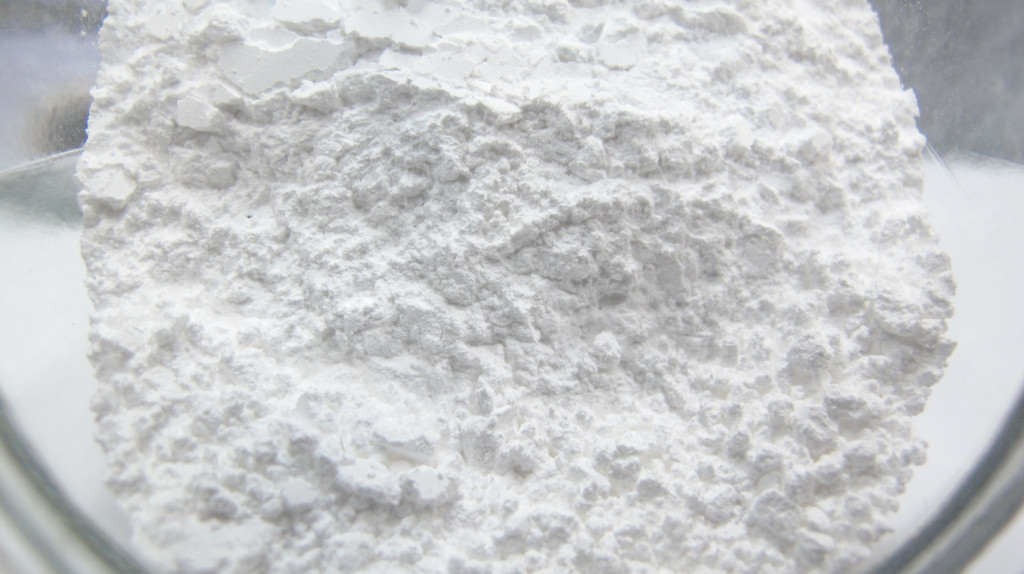Introduction
Europium (Eu) is found in most rare-earth minerals, but its separation was difficult, so it wasn’t isolated until the late 1800s.
In 1885, William Crookes analyzed the spectra of rare elements and identified some “anomalous” spectral lines, later found to belong to europium.
In 1892, Paul-Émile Lecoq de Boisbaudran first discovered europium by observing spectral lines in samarium-gadolinium concentrates that did not belong to either element.
However, it is generally credited to French chemist Eugène Demarçay, who in 1896 suspected an unknown element in a newly discovered sample of samarium. He successfully isolated europium in 1901, naming it after “Europe.”
In the early 1960s, europium-doped yttrium vanadate red phosphor was discovered. Before this, the red phosphor in color TVs was weak, requiring the suppression of other colors to maintain color balance.
Europium phosphors produce bright red light, making color adjustment unnecessary and allowing for much brighter screens. Since then, europium has been integral to TV and computer screen production.
Europium (Eu)
Atomic number: 63
Atomic weight: 151.964 u
Atomic structure: The outermost electronic structure of europium is 4f76s2。
Physical/chemical properties: Europium is the most reactive of the rare earth metals. At room temperature, it quickly loses its metallic luster in air and oxidizes into powder. Europium reacts vigorously with cold water, releasing hydrogen, and can also react with boron, carbon, sulfur, phosphorus, hydrogen, and nitrogen. It is widely used in making reactor control materials and neutron-shielding materials.
Main Application Areas of Europium
Compared to most other elements, the commercial uses of europium are few and rather specialized. In most cases, its phosphorescence is utilized in the +2 or +3 oxidation states.
- Lighting and Display Technologies: Europium is a crucial component in the manufacture of phosphors used in devices such as liquid crystal displays, LEDs, and fluorescent lamps. The metal’s properties allow it to produce red and blue phosphorescence, playing a vital role in display technology.
- Nuclear Magnetic Resonance Imaging: Europium compounds are sometimes used as contrast agents in nuclear magnetic resonance imaging (MRI), helping to improve the contrast of the images.
- Security Tags: The phosphorescent properties of europium make it useful in security tags in currency, documents, and products to prevent counterfeiting.
- Nuclear Energy and Nuclear Physics Research: Some isotopes of europium are used in nuclear reactions and nuclear energy research.
- Ceramics and Glass: Europium compounds can be added to ceramics and glass to improve their properties, particularly their optical characteristics.
Europium’s unique optical and magnetic properties make it especially valuable in display technology and lighting, with broad applications in other fields as well.


